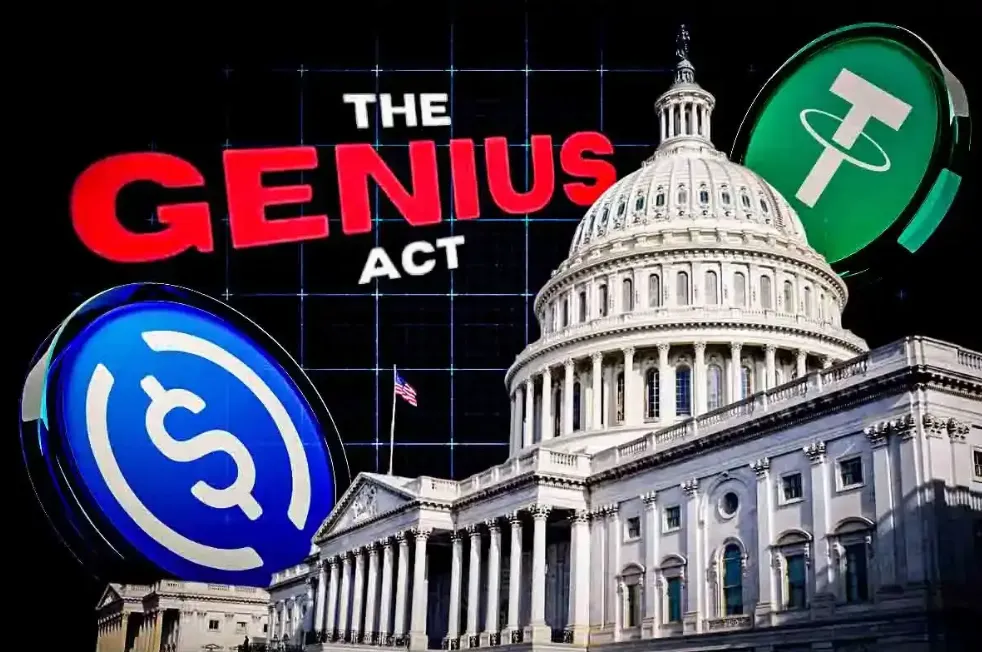The world economy is still running on debt-based fiat. That said, the gradual transition into freedom-based cryptocurrencies started over a decade ago. Meanwhile, governments have been planning for draconian CBDCs to replace the current system.
Bitcoin and other cryptocurrencies are still too volatile for the average business or consumer though. For example, a merchant may receive a Bitcoin payment for $1000 in the morning, and by night it might only be worth $950 if there was a market sell-off.

That's where stablecoins come in.
When Ethereum launched in 2015, the idea of a stablecoin became popular - a blockchain-based token that represents a US dollar, or some other fiat currency.
The convenience of sending tokenized dollars to anyone anywhere in the world at anytime at your own discretion was a powerful idea.
Fiat into Crypto Realm
In addition to convenient international payments, stablecoins also act like glue to keep traders and investors in the crypto world.
As the price of coins like ETH and SOL rises over time, more traders start transferring money from their traditional bank accounts to an exchange, and then into the crypto markets.
When the stability and autonomy of holding dollars on a blockchain becomes known to the trader, they start swapping their ETH/SOL/etc directly for stablecoins using a decentralized exchange, rather than exiting to their bank account.
Now the trader/investor no longer needs to involve the bank when buying or selling digital assets, moving the user further away from the fiat banking system, and deeper into the crypto space.
CBDCs vs Stablecoins
The CBDCs under development by governments worldwide are likely to be tracked by a centralized database, or perhaps minted on a private, permissioned blockchain.
Stablecoins, on the other hand, have always been issued on public blockchains, meaning that their total supply is verifiable, and anyone can see the balance of a particular wallet address.
GENIUS Act
With the passing of the GENIUS act in the United States, private companies can now start issuing their own compliant stablecoins.
The question is, will these stablecoins be issued on public blockchains like Ethereum and Solana, or in opaque databases and on private ledgers?
If the stablecoins issued under the GENIUS act are minted on public blockchains, this could hasten the transition from traditional fiat into cryptocurrencies.
On the other hand, if these stablecoins end up being more like CBDCs, this could be a step towards more government sanctioned draconian policies.

Inflation and Stablecoins
Keep in mind that stablecoins will only be considered "stable" so long as the dollar and other fiat currencies they represent actually retain their value.
If the dollar were to start inflating (or hyperinflating) against other assets due to a return to low interest rates or quantitative easing for example, the corresponding stablecoins would lose their value in tandem.
Until next time...
Stablecoins offer not only convenient borderless payments, but also keep investors and traders within the crypto realm. They hasten the transition from the traditional banking system into the cryptocurrency world.
If you learned something new from this article, be sure to check out my other posts on crypto and finance here on the Hive blockchain. You can also follow me on InLeo for more frequent updates.